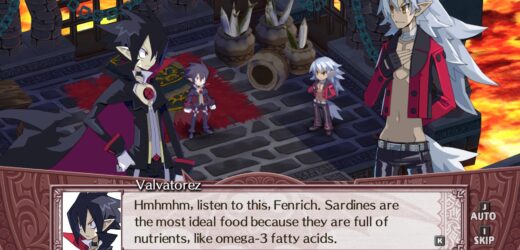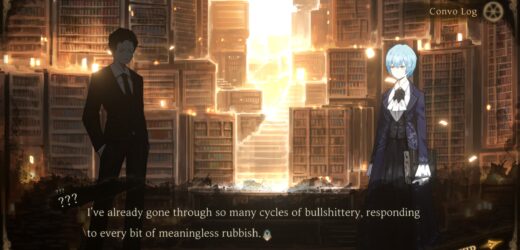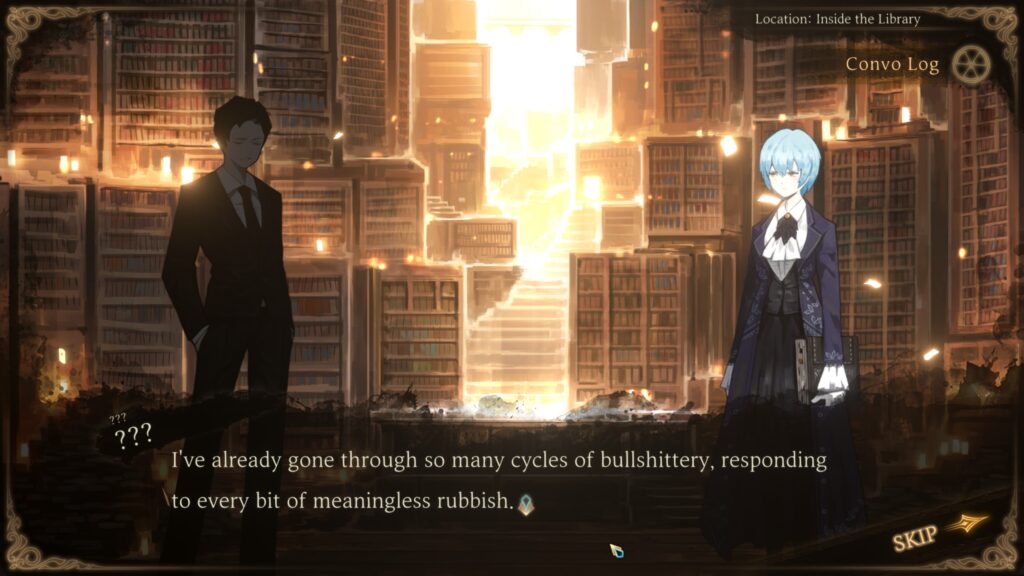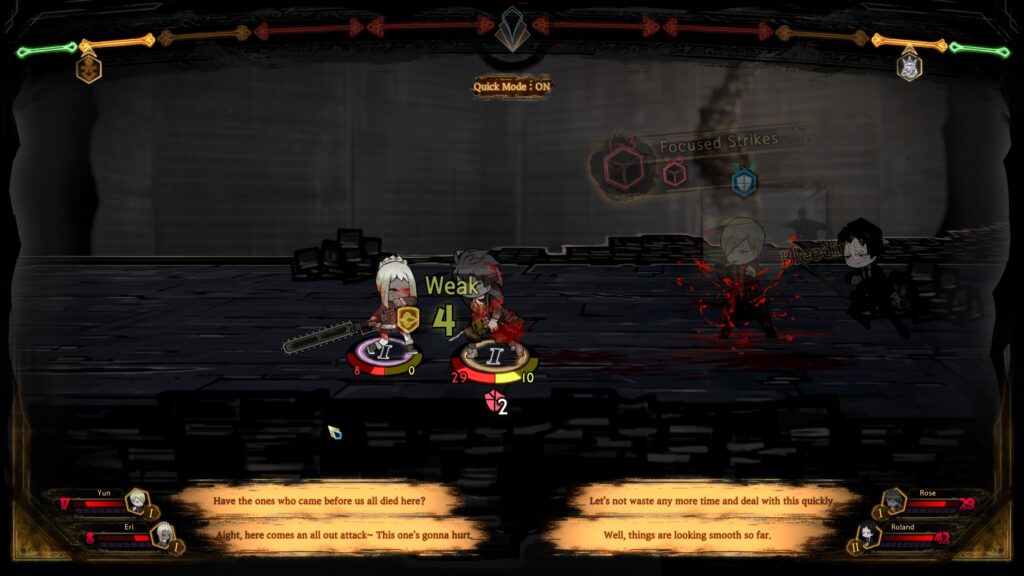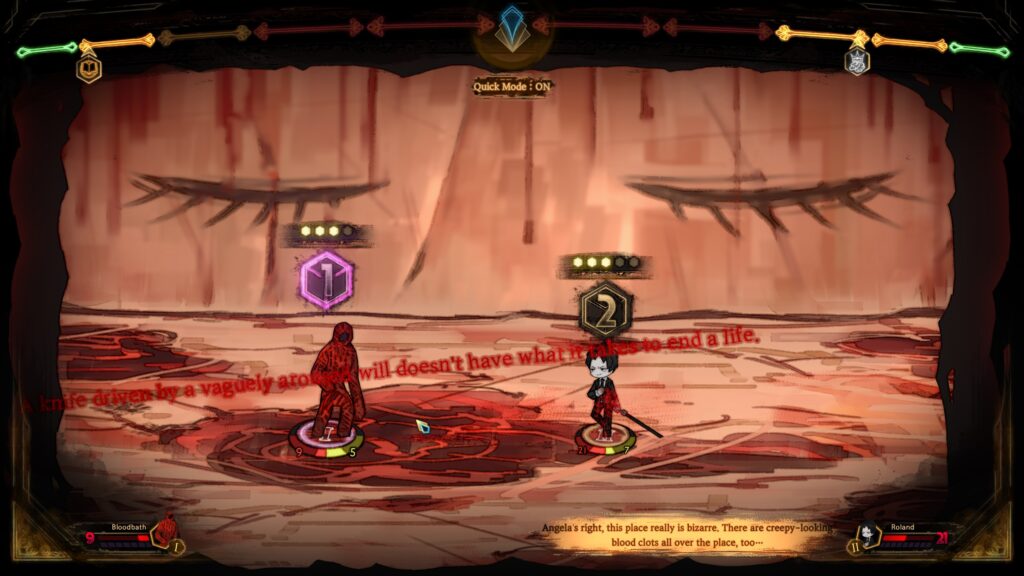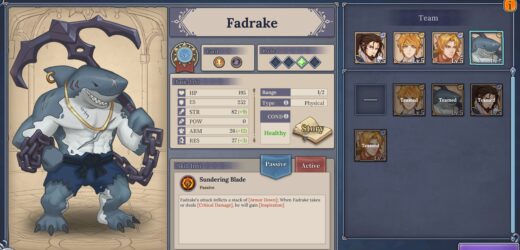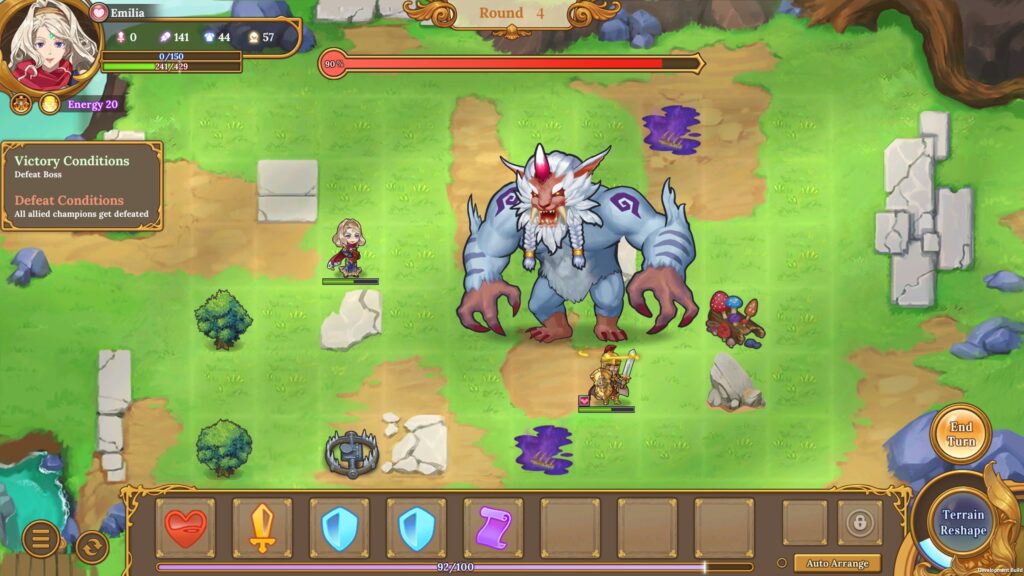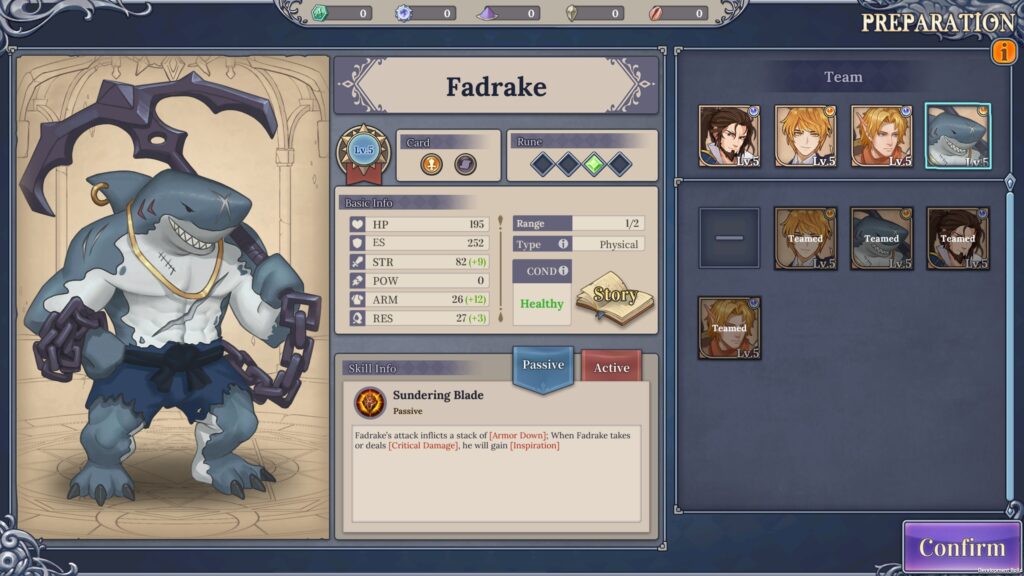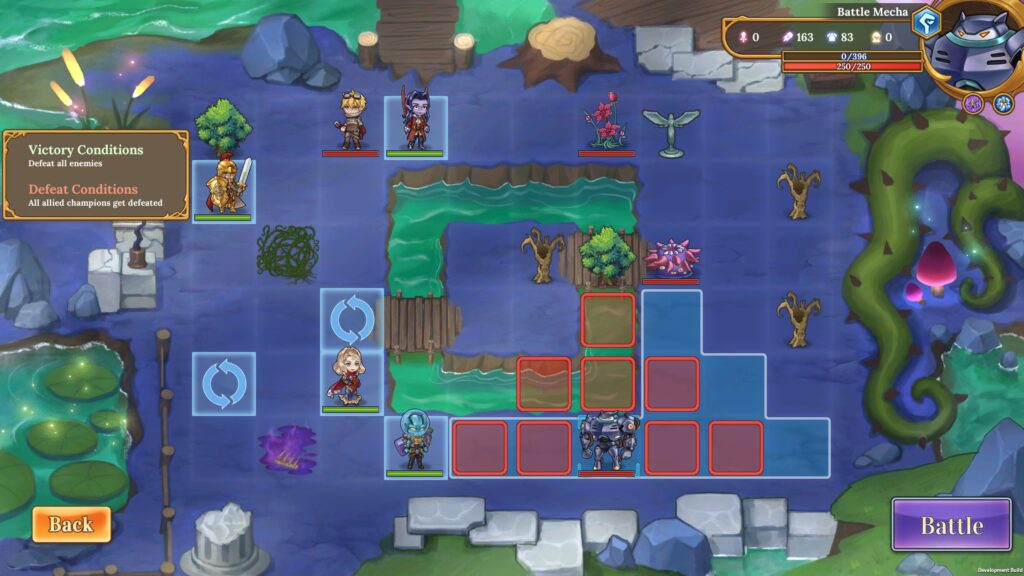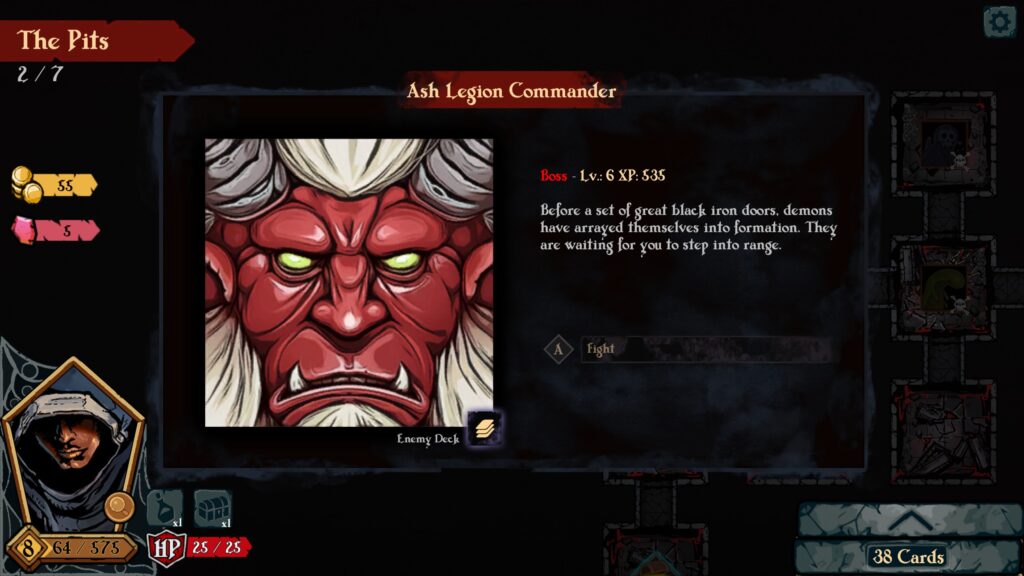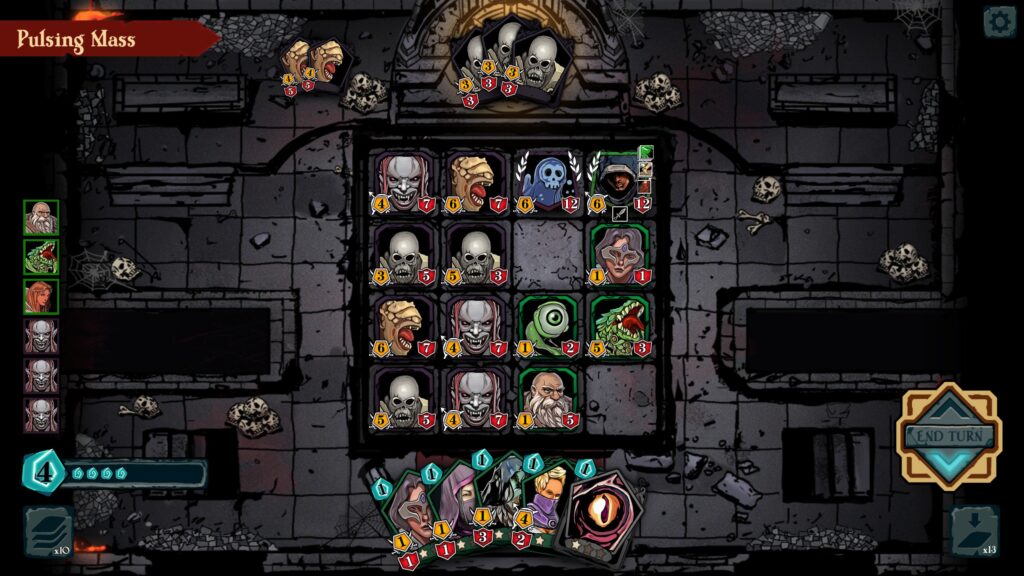Disgaea 5 Complete (Going Back)
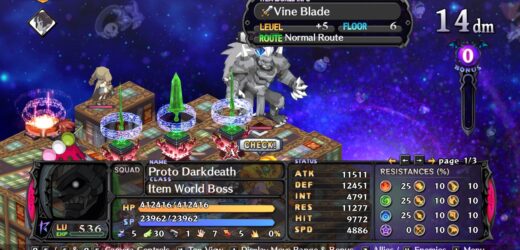
Source: Cashmoneys
Price: £29.99 (Arbook £3.99)
Where To Get It: Steam
Ever since I heard Disgaea 4+ Complete was coming to the PC, I’d gotten curious about the series. So I gave 1 a go… 2 a go… And, recently, 5. And it’s not hard to see how the series has evolved.
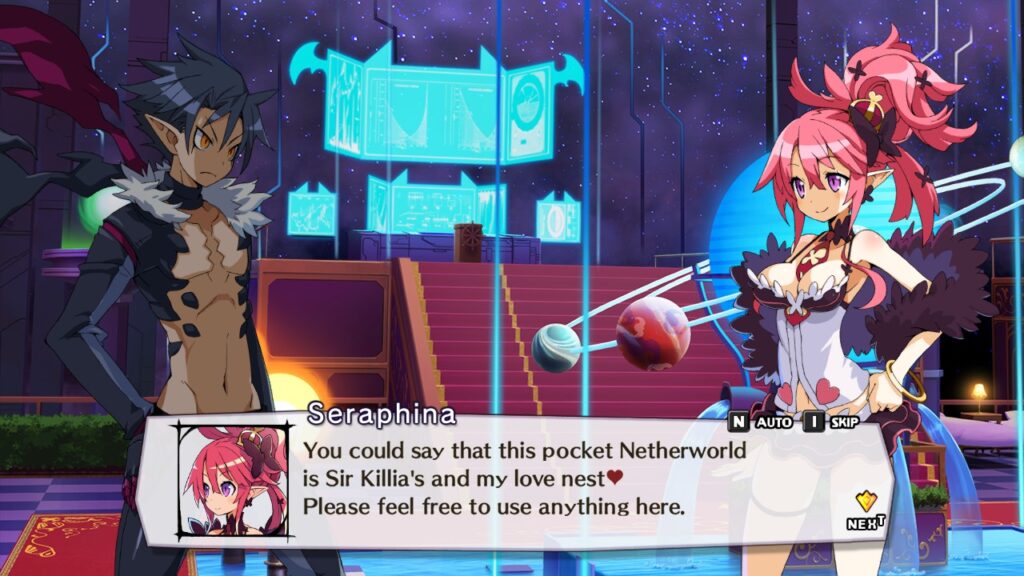
So, a refresher, even though we’ve reviewed another Disgaea game this month: Disgaea is an SRPG fantasy series, in which Demon Lords (with one exception in the series) face some sort of tribulation, having to rise through the ranks of their kind by beating the shit out of others, in small battles comprising chapters in the story. And Disgaea 5 is perhaps the darkest one, as the antagonist is a Demon Lord who enslaves and conquers other netherworlds, Void Dark. That doesn’t mean it doesn’t have silly moments, it certainly has those, and in spades… But it also has, for example, a demon world where it’s revealed someone in a royal family was held hostage, the people were sent off to fight as disposable soldiers, and then… The royal family was slain and resurrected as zombies.
I can’t wait to murderise the demon lord responsible for that, to be quite honest.
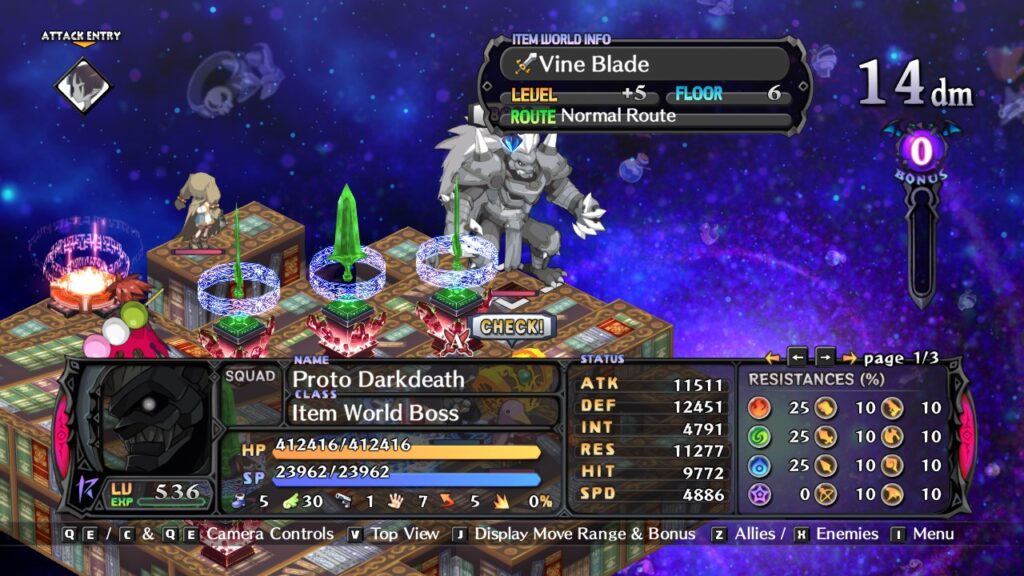
In any case, as mentioned, the evolution is interesting. Fusions? Gone, replaced by a “Mon-Toss”, aka “Monster can throw you, even if they can’t lift you.” When you hire, it doesn’t cost Mana, but HL, and characters… Can be levelled up to the highest named character level. Mana, meanwhile, goes on Skills, the Senate, and later, the Chara World, which… Well, that one’s not great in retrospect, but it is a fun little game, even if you probably want to focus on skills in your first loop. And then there are quests, which allow you to get neat stuff, from skill scrolls, to new character types (at the time of writing, I’m working toward Sage. And got her before I finished this paragraph.) There are other changes, but those are the biggies.
Aesthetically, it keeps the cel shaded/hi-def spritework of its predecessor, with a great soundtrack (the one you’ll hear the most is the bittersweet base theme, vocals and all), and some solid voice and sound work. Accessibility wise, it’s okay… Turn based stuff generally is, and it certainly tries to have map design that doesn’t obscure shit needlessly, but, sad to say, this remains a problem with the series.
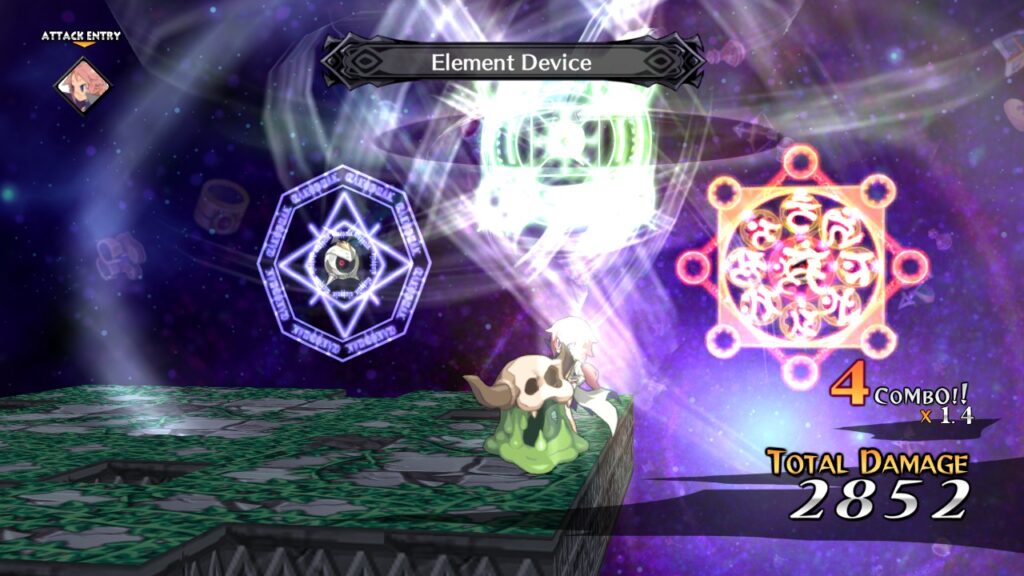
But, except for the changes, Disgaea 5 remains what the rest of the series is: A solid strategy RPG, where I’ve never felt pressured into worrying about whether my units fall or not (except in terms of “Damn, I need them to do damage”), where I don’t feel bad about the grind (even the grinding of the Item World gives you sweet stuff, especially on or around your level), and where the stories are this interesting mix of silly and dark that I quite enjoy. Although the mileage varies on individual Disgaea games, I do recommend them as a whole for dipping your toes into SRPGs, and for the devoted SRPG fan who wants really big numbers (over time, anyway.)
The Mad Welshman is not normally a fan of pretty numbers. But even he has to admit, SRPG Big Numbers are a good feeling.

